Editorial: Recycling’s role in the energy transition
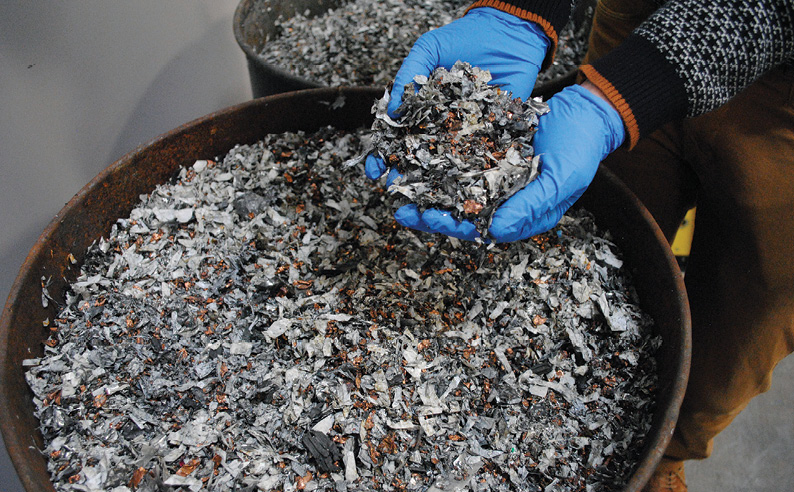

The transition to a zero carbon economy has begun to accelerate and the mining industry is fortunate to play a starring role in it.
This year Canada moved up its zero-emissions target for all new cars and light-duty passenger trucks sold in the country by five years to 2035 – matching the ambitious target set previously by Quebec. The federal government also made the target mandatory, instead of voluntary as it had originally been.
Meanwhile, the United States wants 50% of vehicles sold in the country to be zero-emissions by 2030.
And like the European Union, both Canada and the U.S. have pledged to reach overall carbon neutrality by 2050.
Lithium-ion batteries are a key technology to help achieve these goals. But where will all the lithium, graphite, nickel and cobalt needed to produce them come from?
The Global Battery Alliance, a public-private initiative of the World Economic Forum that aims to establish a sustainable and circular battery value chain, projects that global battery demand will grow by 25% annually to reach 2,600 Gwh in 2030. Looking further ahead, business intelligence firm IHS Markit estimates 9.3 million tonnes of lithium, 55 million tonnes of nickel, and 9.8 million tonnes of cobalt will be needed between 2020 and 2050 to meet global demand.
The fact is that demand for battery minerals is likely to outstrip supply – especially given the long development time for a new mine. Sustainability and security of supply concerns that are encouraging battery manufacturers to build local supply chains and decrease reliance on China add another layer of complexity to the issue.
It’s becoming clearer that to meet the coming demand for battery minerals, we don’t just need more mines. We also need more recycling.
Currently, an estimated 1.3 million tonnes per year of raw battery materials is recycled across the globe, according to IHS Markit. But the company projects that market will need to grow to 3.5 million t/year by 2030 to keep up with demand for EV batteries.
The good news is a significant portion of future demand can be met through recycling. IHS estimates 48% of lithium demand, 47% of nickel, and 60% of cobalt demand between 2020 and 2050 can be met through recycling.
And recycling methods are advancing, with hydrometallurgical processes being used to recover more battery materials. Quebec is emerging as a leader on this front, and in this issue focused on “Clean Mining,” we look at the province’s efforts to establish itself as a North American leader in battery manufacturing and in battery recycling.
In keeping with the topics of clean mining and innovation, CMJ would like to invite you to our virtual Suppliers Symposium, set for Oct. 13-14. Under the theme “Reimagine Mining,” we’ll be looking at real solutions for the mining industry as it is challenged to deliver more of the minerals the world needs under increasingly high social and environmental standards. We hope to see you there along with keynote speakers Tony Makuch, president and CEO of Kirkland Lake Gold, and George Hemingway, managing partner and head of innovation practice at Stratalis. For more details, visit the Events section of our website.
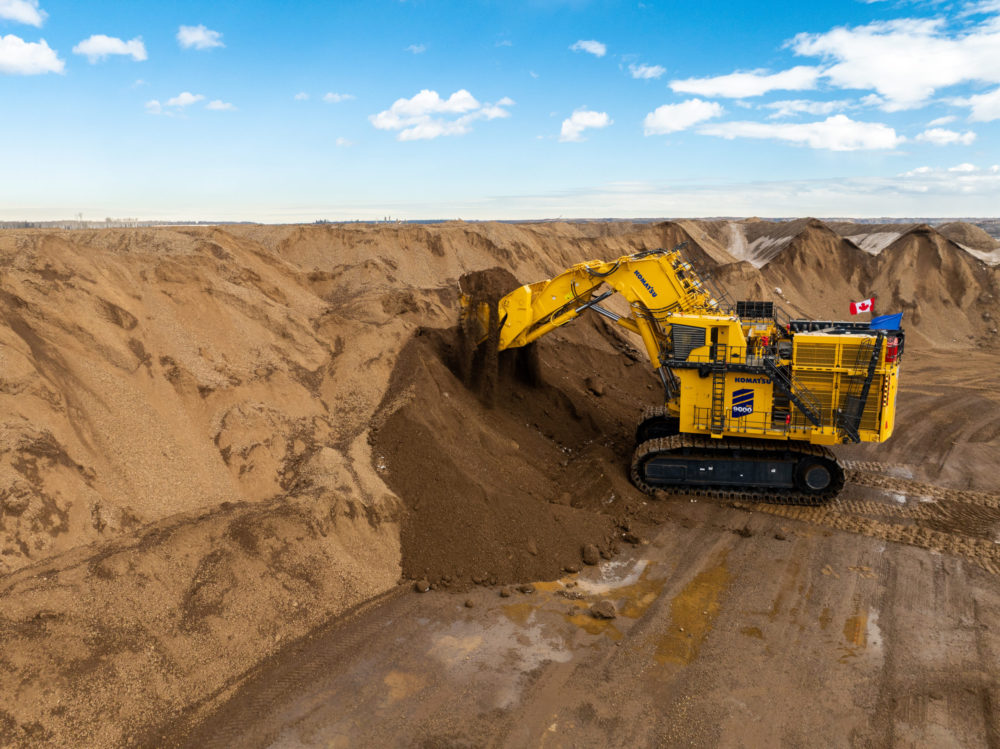
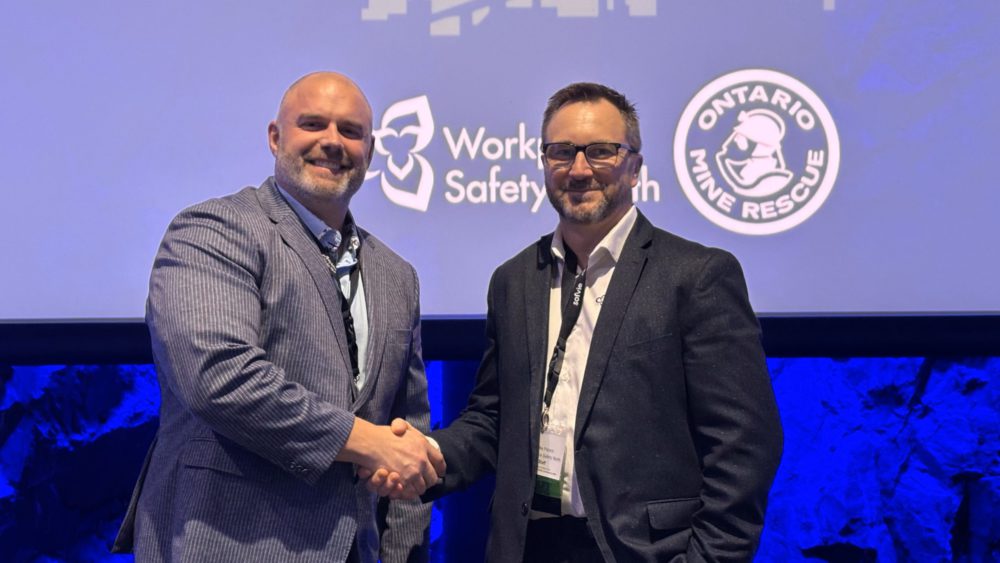
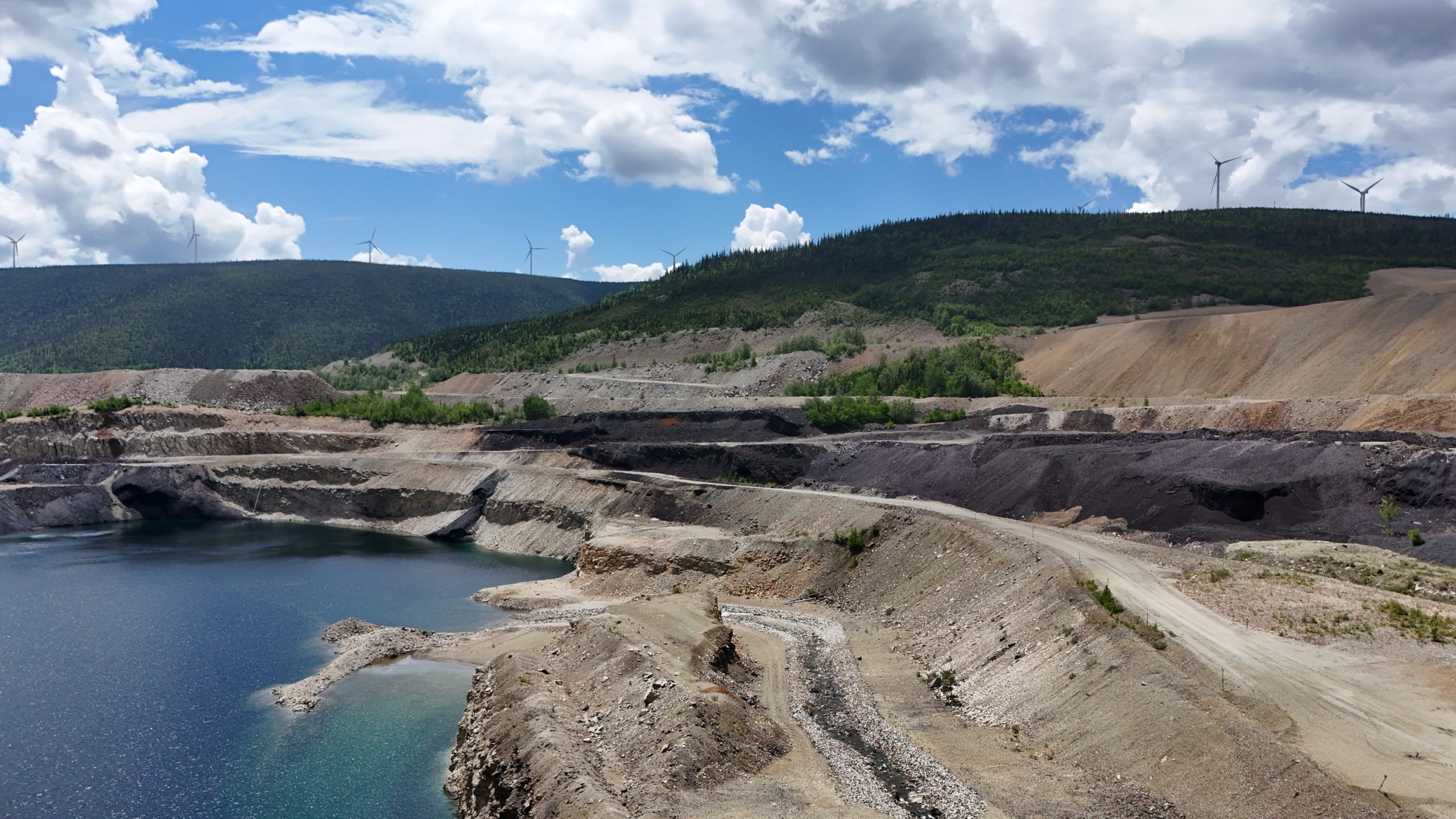

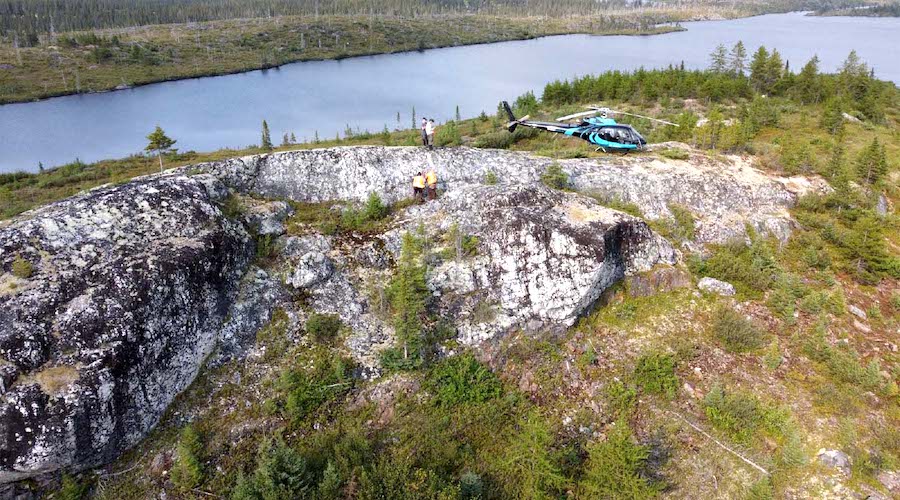
Comments